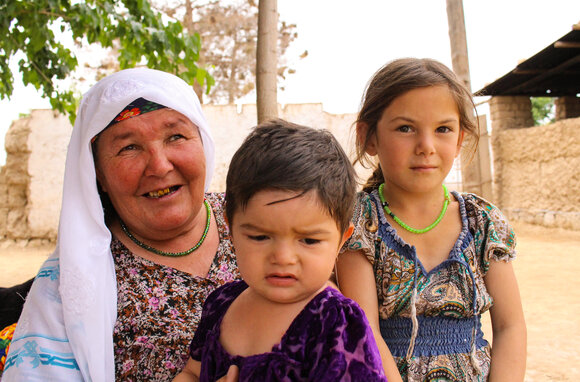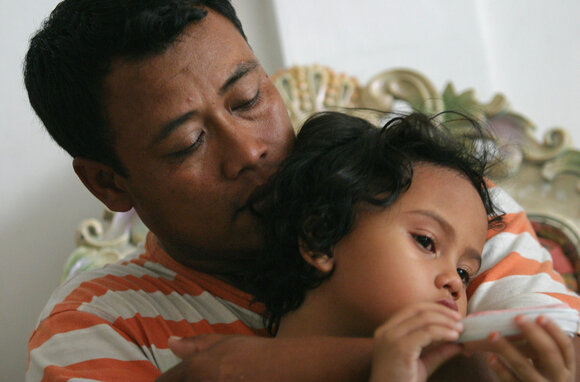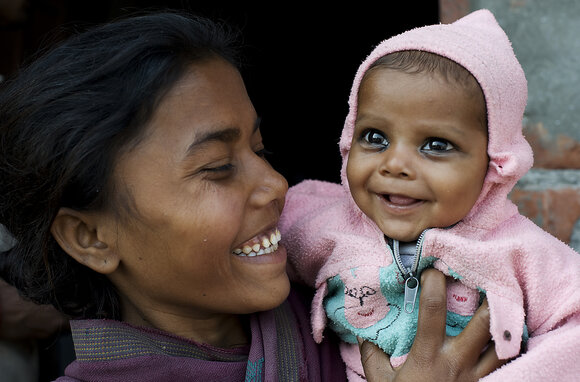
This page contains documents and other resources related to children's care in Asia. Browse resources by region, country, or category.
This page contains documents and other resources related to children's care in Asia. Browse resources by region, country, or category.




Displaying 381 - 390 of 1940
Thirteen youth from a group home in Taiwan for teenage boys in the foster care and juvenile justice systems participated in this yearlong study which utilized a strengths-based approach to examine resiliency, their needs, and sources of support. This article describes nine key lessons learned to keep at-risk youth at the center of future similar research studies through protecting, representing, and empowering them.
This article compares and contrasts two humanitarian emergencies and their impact on Nepal: these are the Nepal earthquake in 2015 and the COVID-19 pandemic in 2020.
The Global Social Service Workforce Alliance is seeking a Consultant National Coordinator to contribute as part of the Alliance team to map and undertake a comprehensive capacity gap assessment of the existing child protection workforce in five states in India, and then propose a framework for strengthening this workforce informed by the above, with special emphasis on case management.
This article draws on original empirical data to explore the narratives of young Nepali adults who lived in Kathmandu orphanages as children. Through these narratives, the article explores the diverse complexities of the residents' experiences of volunteer tourism and NGO ‘rescue’, and the shortcomings of recent ‘neoabolitionist’ frameworks.
This article explores the dynamics of the institutional care of the out-of-home care (OHC) children, adolescents and children who are residing in alternative care homes, childcare institutes (CCIs), foster homes and who are in conflict with law like refugees or in juvenile correctional centres.
A cross-sectional study was conducted in five counties of five provinces in China to investigate the effects of age at separation and duration of maternal separation on the early development of left-behind children.
This study aimed to examine the specific effects of neglect and physical abuse on adolescent aggressive behaviors and to further explore the potential sex-specific effect.
This global webinar will delve into the challenges, emerging research from Kenya, and practical country examples from Mozambique, Tajikistan and Peru. The webinar will highlight how children with developmental delays and disabilities can have the best chance to not only survive, but also thrive.
According to this article from the Hindu, 24 children have been adopted this year in the district of Kochi in Kerala, India as of November 2020, equal to the total number of adoptions last year.
By drawing on the experiences of parents, advocates, NGOs, and public officials, this side event invited discussion on how, through strengthening families and tools for prevention, societies can reduce the number of children being institutionalized. During the event, a panel of experts from the Republic of Moldova, South Africa, Burkina Faso, Vietnam, and the United States explored their experiences around efforts to empower parents and keep children with disabilities with their families.